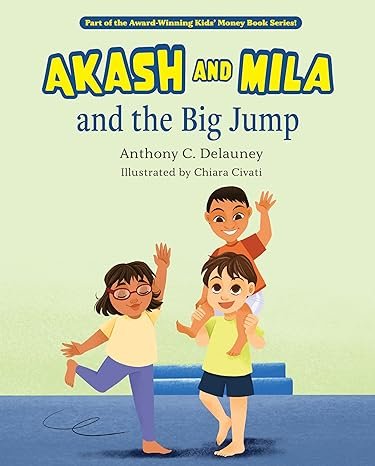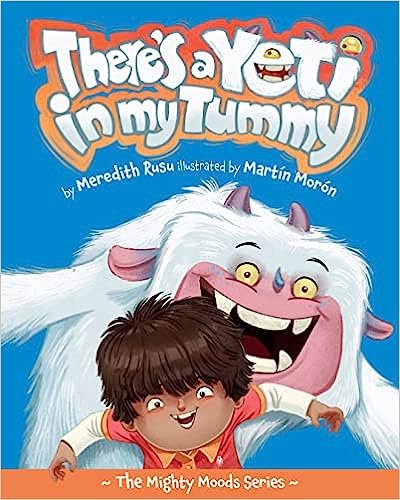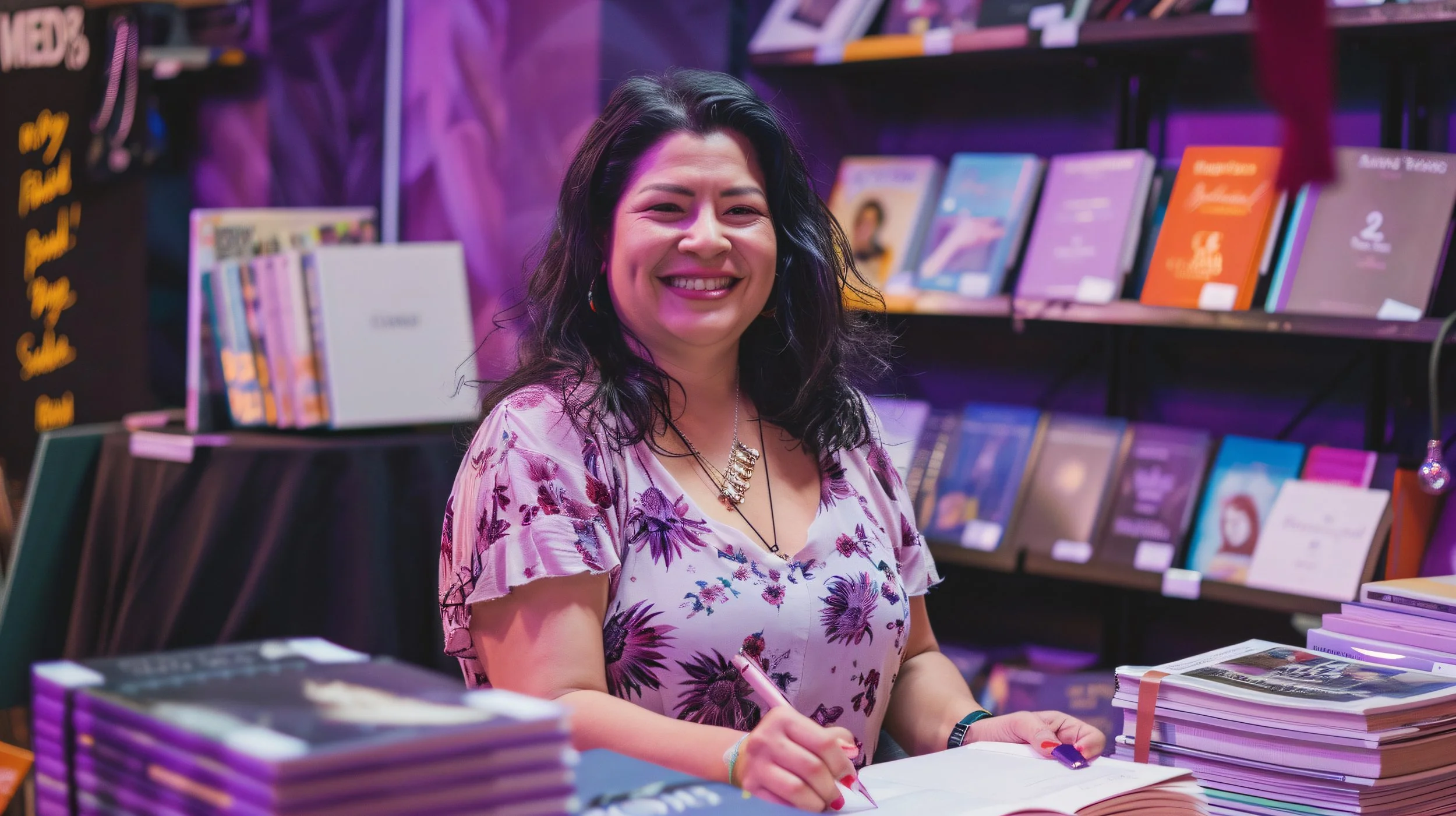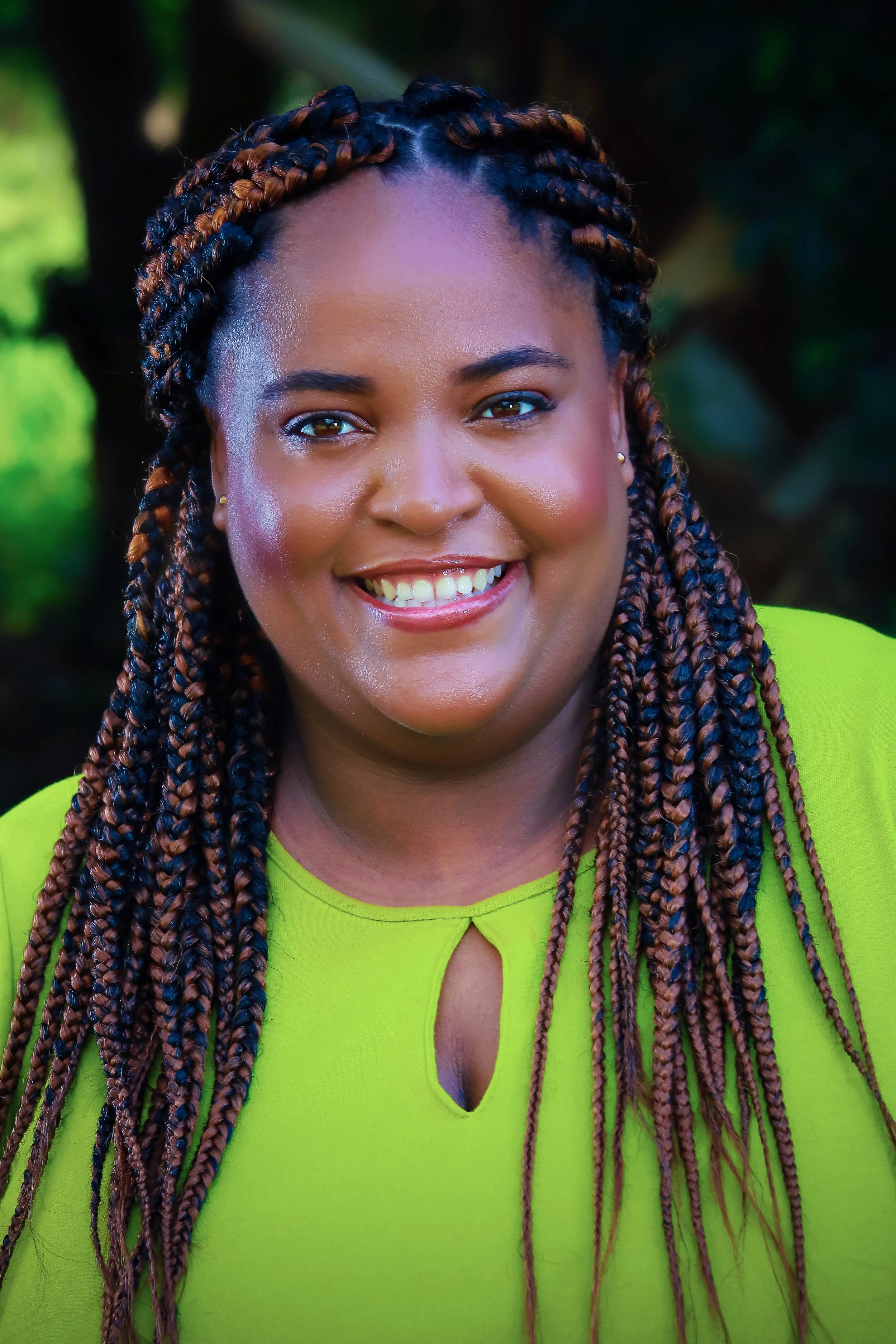Q&A with Bryn Turnbull, The Woman Before Wallis
/Everyone knows the story of Edward and Wallis. What drew you to Thelma’s story instead?
Thelma’s affair with Edward is only aspect of her story: she was on the periphery not only of the abdication crisis, but also the biggest custody battle in US history to date. She was something of a Kardashian in her day – famous for being famous – but she was also strong-willed, and willing to stand up for those she loved. Other people have written beautifully about Wallis and Edward, but Thelma’s story deserved to be told on its own merits.
This novel contains the real-life stories of real life people – some of whom have living descendants. How did you balance the drive to tell a good story against the historical record in terms of character development?
It’s a tricky balance to strike, but at the end of the day my job is to tell a good story, taking as much historical fact into consideration as I can without sacrificing the plot. I spent a lot of time researching the people who make up my book: luckily, Thelma and Gloria wrote a memoir, and we have plenty of letters, biographies, and recordings of Edward VIII and Wallis Simpson, so by the time I started actually writing, I had a very good sense of who they were. Wallis in particular leapt out of the pen, and I think that’s because she’s left such a legacy behind. I certainly hope that they would see themselves in the characters I’ve created, but at the end of the day these are fictional representations.
How did you find Thelma’s story?
I’d long been interested in the abdication crisis, and had read biographies of Wallis Simpson before, but I’d never really picked up on Thelma’s story until I watched W.E., a movie directed by Madonna about Wallis and Edward’s relationship. In the film, we see Wallis and Thelma have that conversation where Thelma asks Wallis to “take care” of Edward for her while she’s travelling, and I remember thinking it was such a strange request to make of a friend – even one as close as Wallis was to Thelma. After the movie ended I found myself down a bit of a Wikipedia rabbit hole, where I discovered her connection to the Gloria Vanderbilt trial, and recognized that this was a story that ought to be told.
One of the major relationships in this novel is between Gloria and Nada. Why was it important to you to show a relationship between two women in the 1930s?
Their relationship is historical fact: it would have been disingenuous to omit it from the book. I truly believe that Gloria loved Nada, and had they lived in a different time period their story would have ended quite differently. What’s more interesting to me is the fact that their relationship was permitted because of social privilege – and when Gloria lost that privilege, their relationship fell apart.
How does Gloria’s experience as a queer woman shape Thelma’s actions?
To me, THE WOMAN BEFORE WALLIS is a love story – but it’s not a royal romance. While the abdication crisis looms large over Thelma’s life, this is a book about the love between sisters: Thelma supported her sister in a day and age when being gay was seen as unacceptable – except, as Gloria points out, in the highest echelons of society. In the history books, Thelma has often been dismissed as a lesser socialite, but when it comes down to it, she was a deeply principled woman, and her experience as an ally spoke to me.
After spending so long with his character, how do you feel about Edward VIII and his decision to abdicate?
I think Edward VIII would have found an excuse to abdicate, regardless of whether Wallis Simpson had come into his life or not. He was a fundamentally weak man, and would have made a fundamentally weak king – and while in my novel I have him talk to Thelma about the sort of king he wants to be, I don’t think he ever intended on taking up his crown. If it hadn’t been Wallis, he would have found another excuse to abdicate.
That said, Thelma was genuinely in love with him. It was important for me to find a way into that love, and to be able to portray him with some compassion.
Edward VIII and Wallis Simpson are known to have been Nazi sympathizers. Why don’t you address this in your book?
I don’t address it for three reasons. First, Thelma and Edward’s relationship ended in 1934. Hitler only became chancellor in 1933, so while he would have been a topic of conversation around the dinner table, he wouldn’t have been the main topic of conversation. Second, Thelma was not a political person. One of the biggest complaints the government levied against Wallis Simpson was her political activism – in fact, when it became clear Edward wouldn’t give Wallis up, there was a movement within government to invite Thelma back to England because she wasn’t seen as someone who would interfere in politics the way Wallis did. Finally, the sad fact is that many members of Britain’s upper crust had extreme right-wing leanings in the 1930s, and many were generally supportive of Hitler’s policies. At the time, socialism was seen as a far greater threat than fascism, particularly because the General Strike of 1926 had been so successful in disrupting industrial production. Oswald Mosley’s British Union of Fascists had 50,000 members at the height of its popularity in the 1930s.
In the end, I find it incredibly interesting that history shook out in such a way that Britain had the king it needed during the war. Could you imagine what would have happened if George VI hadn’t been on the throne during the Blitz?
Do you think Wallis intended to replace Thelma?
I don’t think she did. Whatever else has been written about her – and there has been a lot written about her – Wallis was an extremely ambitious social climber. I believe that Wallis was genuinely trying to keep Edward’s eye from straying, for Thelma’s sake, but when it became clear that his affection had transferred to her, she didn’t feel too much guilt in taking advantage of the situation.
She certainly didn’t intend to marry Edward – that much is clear. In 2011, Anne Sebba published a biography of Wallis Simpson which contains previously unpublished letters between Wallis and Ernest Simpson – she wrote to him until the end of her life, and expressed regret at having ended their marriage. I believe that Wallis had hoped to take advantage of Edward’s attraction to make new friends and move in the highest social circle in Britain. She genuinely believed that Edward would tire of her before too long – when he didn’t, I think she was as surprised as anyone else.
What did you enjoy most about researching this book?
I wasn’t on any fixed timeline to complete this book, so I was able to spend two full years researching – just researching! – the time period. I particularly enjoyed researching the fashion of the 1930s– the attention to detail is incredible, especially for someone who had Thelma’s budget. I was able to access a lot of newspaper articles about the Vanderbilt trial at the New York Public Library, which really helped me understand the frenzy that the trial had created. A photographer actually did try to rappel down the side of the courthouse to get a picture of the proceedings! The trial reached newspapers in Pakistan! I went to London and walked Thelma’s neighbourhood – while Duke’s Arlington townhouse is no longer there, I visited her home in Mayfair and had drinks in the Ritz.
My favourite research moment, though, was finding Edward’s plane, and while I wish I’d had the right place to put it in the manuscript, it did help me come to an understanding of who he was as a person. One of his planes is at the Vintage Wings museum in Gatineau, Quebec, and I was able to visit it: it’s a beautiful little biplane with an open cockpit and a closed cabin for passengers. The plane itself looks like a Rolls Royce, with beautiful a chrome and indigo body and burgundy leather interior: but the best part of it is that Edward had a small generator installed on one of the wings so that he could power a wireless radio. While that sounds like a good idea, Vintage Wings was kind enough to take me up in a plane of a similar vintage, and I was struck by how unbelievably loud it was up in the air. Even with headphones on, it would have been extremely difficult to hear anything on a wireless.
I think this really sums up who Edward was. He was so concerned with his image – with looking and feeling like a modern royal – that he forgot to take into account the practicalities of the situation.


















































